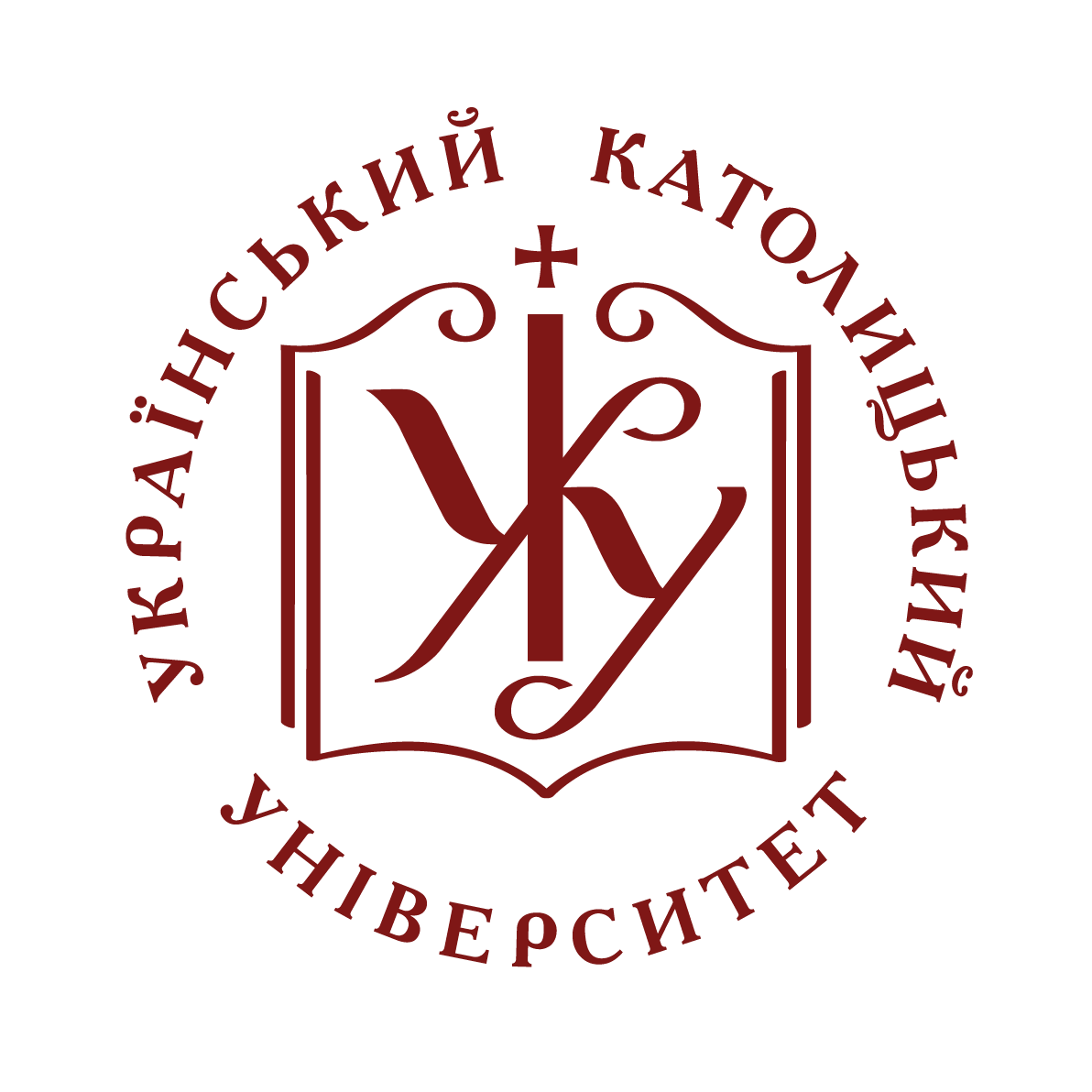- Домівка
- →
- Faculty of Philosophy and Theology | Філософсько-богословський факультет
- →
- Кафедра літургійних наук
- →
- Статті
- →
- Перегляд матеріалів
Сценарії JavaScript вимкнено для Вашого браузера. Деякі функції цього сайту не будуть працювати без них.
Показати скорочений опис матеріалу
| dc.contributor.author | Rudeyko, Vasyl
|
|
| dc.contributor.author | Рудейко, Василь
|
|
| dc.date.accessioned | 2016-02-10T16:53:04Z | |
| dc.date.available | 2016-02-10T16:53:04Z | |
| dc.date.issued | 2012 | |
| dc.identifier.citation | Рудейко В. Святкування християнського похорону / Василь Рудейко // Μέτρον. - №9. 2012. - С. 86-101. | uk |
| dc.identifier.uri | http://er.ucu.edu.ua/handle/1/585 | |
| dc.language.iso | uk | uk |
| dc.subject | літургіка | uk |
| dc.subject | похоронні обряди | uk |
| dc.title | Святкування християнського похорону | uk |
| dc.type | Article | uk |
| dc.status | Опублікований і розповсюджений раніше | uk |
| dc.description.abstracten | The author looks at the final rights of the Christian burial as the prayer of the Church, whose solemnity does not dépend on a person that is buried. The integrity of the burial ceremony is ensured by the présence of ail its éléments. Vigil at the burial is compared to the pre-paschal night, and based on this it is évident that the burial ceremony only in its secondary meaning could be an expression of the last homage to the deceased member of the Church community. However, there are situa¬tions that have not been accounted by the liturgical traditions; therefore the ceremony needs to be creatively developed even today. Such unfore-seen situations are, among others, the burial ceremony of children that have not been baptized, as well as burial of people who fell into difficult circumstances, such as apostasy, heresy, schism, and suicide. | uk |
Долучені файли
Даний матеріал зустрічається у наступних зібраннях
-
Статті [48]
Articles



